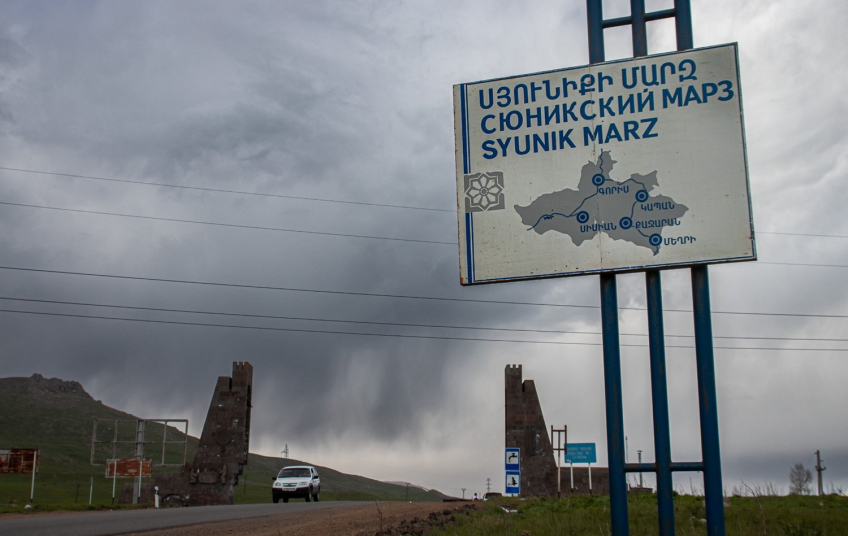There is a contentious section in the new 8th-grade history textbook used in public schools that references events in the South Caucasus during the early 19th century, claiming that Russia annexed Eastern Armenia. This has sparked significant backlash, with Russia, through its Foreign Ministry, appealing to authorities in Yerevan to avoid publishing such misinformation and to refrain from distorting history. It appears that the Republic of Armenia has agreed to revise the textbook and amend the use of the term "annexation."
The historical materials and narratives presented in educational manuals are important indicators. They primarily reflect the official stance of a state on its past and shape the ideas of its citizens, helping to form the national identity of the younger generation. In this context, it is crucial to understand what actually happened two centuries ago and what consequences these events had.
It is known that modern Armenia was established in 1828 as a result of Russia's victories in the Russo-Persian and Russo-Turkish wars. This was a difficult period for Armenians. In fact, they had to step back from the stage of history as a political nation and survive in different countries as a small, gradually assimilating ethnic group. However, fate was kind, offering Armenians, as a political entity, a new opportunity to return to the stage of history.
What problem was Russia addressing at that time? The country needed access to the Black Sea, which would not have been possible without securing control over the North and South Caucasus, thereby ensuring the security of the Black Sea region. These territories—Crimea, Southern Ukraine, Moldova, the Sea of Azov, and the North Caucasus—were seized by Russia from the Ottoman Empire, while the South Caucasus was taken from both the Ottomans and Persia.
This process took decades, claimed hundreds of thousands of lives, and displaced millions of people. On the opposing side were the Ottomans and the British. Russia's policy aimed to create a wedge between the Ottomans and the Tatars of the Caucasus, using Armenians and Georgians as buffers. They even organized the deportation of certain ethnic groups to achieve their desired ethno-mosaic. Thanks to this policy, Armenia was later restored as a state entity, and Georgia's statehood was preserved.
In general, small states are often created to fulfill a specific geopolitical role, such as serving as a buffer or compromise between larger powers. Losing that role can sometimes result in the loss of statehood. Thus, Armenia was given a chance to exist because Russia needed to "drive a wedge" between the Turkic populations, doing so through Armenians and Georgians, who were viewed as agents of influence against Turkey and Britain. It’s worth noting that Britain was the world's leading hegemon at that time.
The current significance of the Armenian state lies in this same role as a wedge, which obstructs some forces and makes Armenia attractive to others. Moreover, this wedge role is now assigned to Syunik, which is currently a focal point of struggle. Without Syunik, Armenia would be just a territory devoid of geopolitical interest. The battle for Syunik is a major geopolitical competition likely to endure for a long time, one for which Armenia must prepare. The stance on Syunik will determine who Armenia’s friend is and who its enemy.





